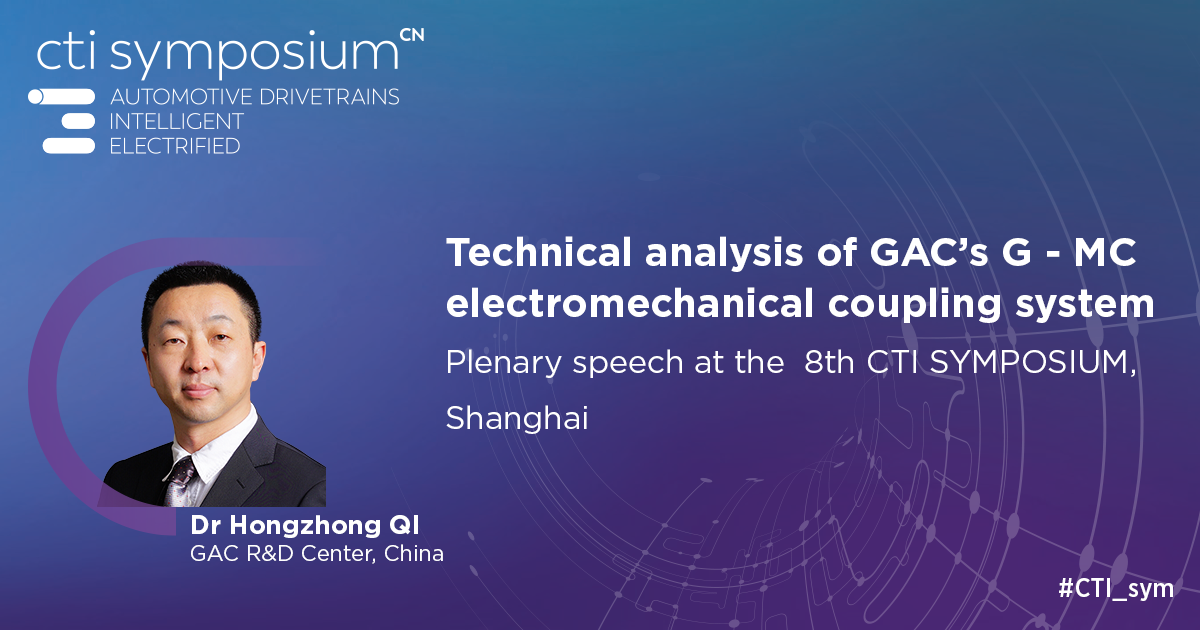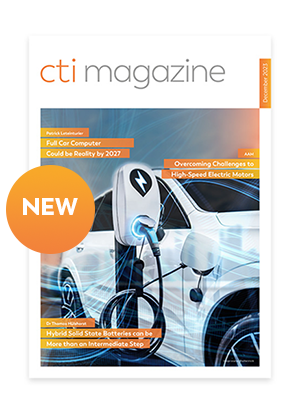
GAC’s DHT – the road from the 1st to the 2nd generation
In 2006, Guangzhou Automobile Group (GAC) set up its development center for new tech and products, which Hongzhong Qi said, works largely independently. The centre is working on traction batteries, combustion engines for hybrid applications, and a Dedicated Hybrid Transmission called G-MC. The first generation (G-MC I) was a multi-mode transmission with three modes – electric, serial and hybrid, whereby hybrid used one fixed gear ratio for the ICE. The 1.5 l engine produces 70 kW, the MG1 generator delivers 50/70 kW (continuous/peak) and the MG2 electric drive motor 55/130 kW. The system took three years to develop and entered series production in 2017. An update in late 2019 will yield 110 kW from the MG1 and 120 kW from the MG2. For 2021, Hongzhong Qi announced the second generation of the G-MC, following a topology analysis that showed GAC’s concept was more efficient than rival architectures such as P2 / P2.5 and power-split hybrid. The main functional difference: the G-MC II DHT has three speeds for electric operation, and two for hybrid. Hongzhong Qi also mentioned detail improvements such as enhanced transmission control integration, lower weight and fewer mechanical parts. He said the G-MC II would be available in two torque versions for both HEV and PHEV applications. In future, it would cover the entire GAC model range.

Dr Hongzhong QI
CTO
GAC R&D Center, China
8th International Congress and Expo | 23 – 25 September 2019, Shanghai, China
